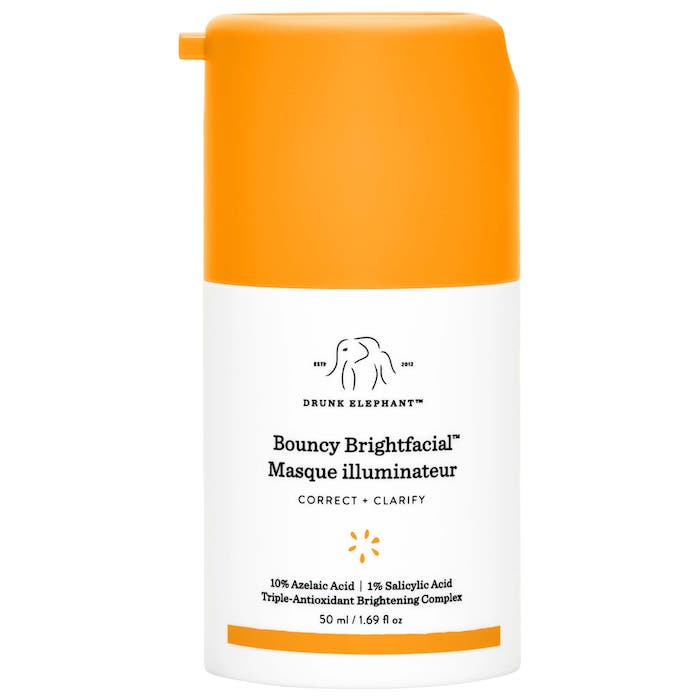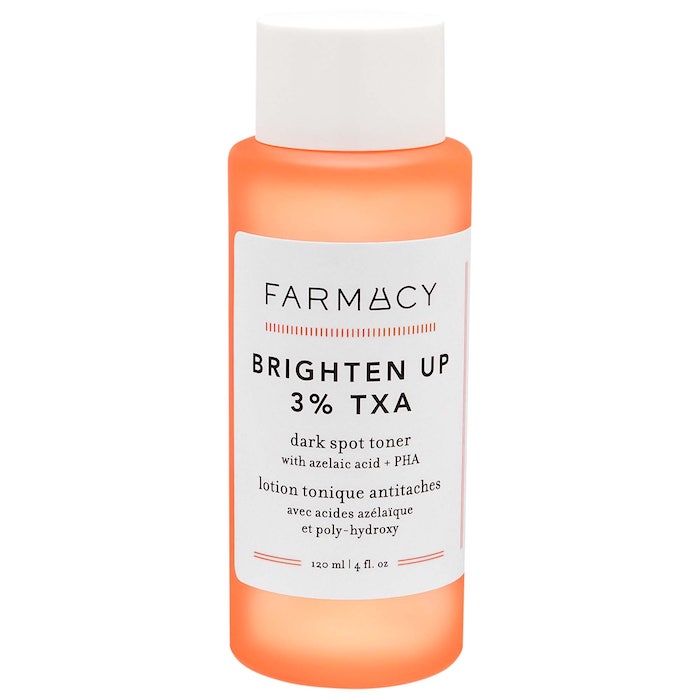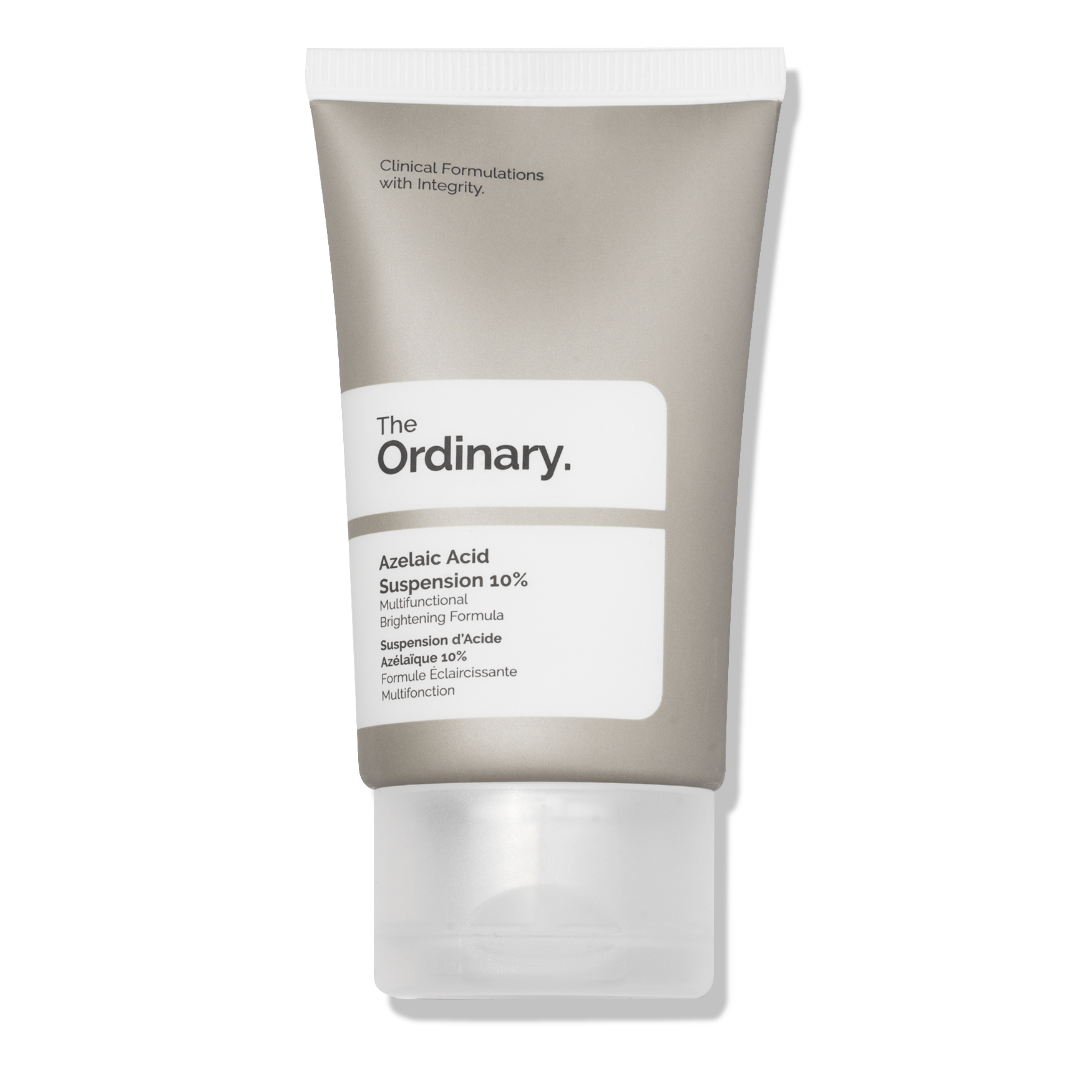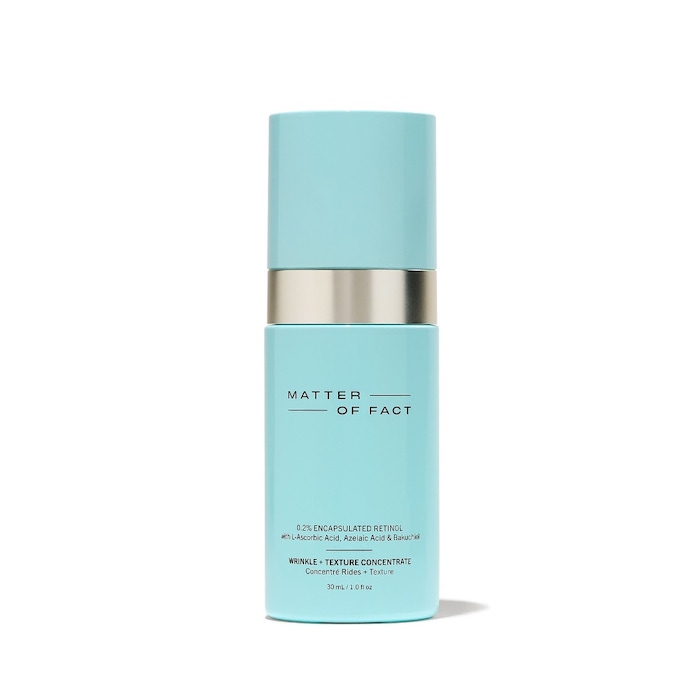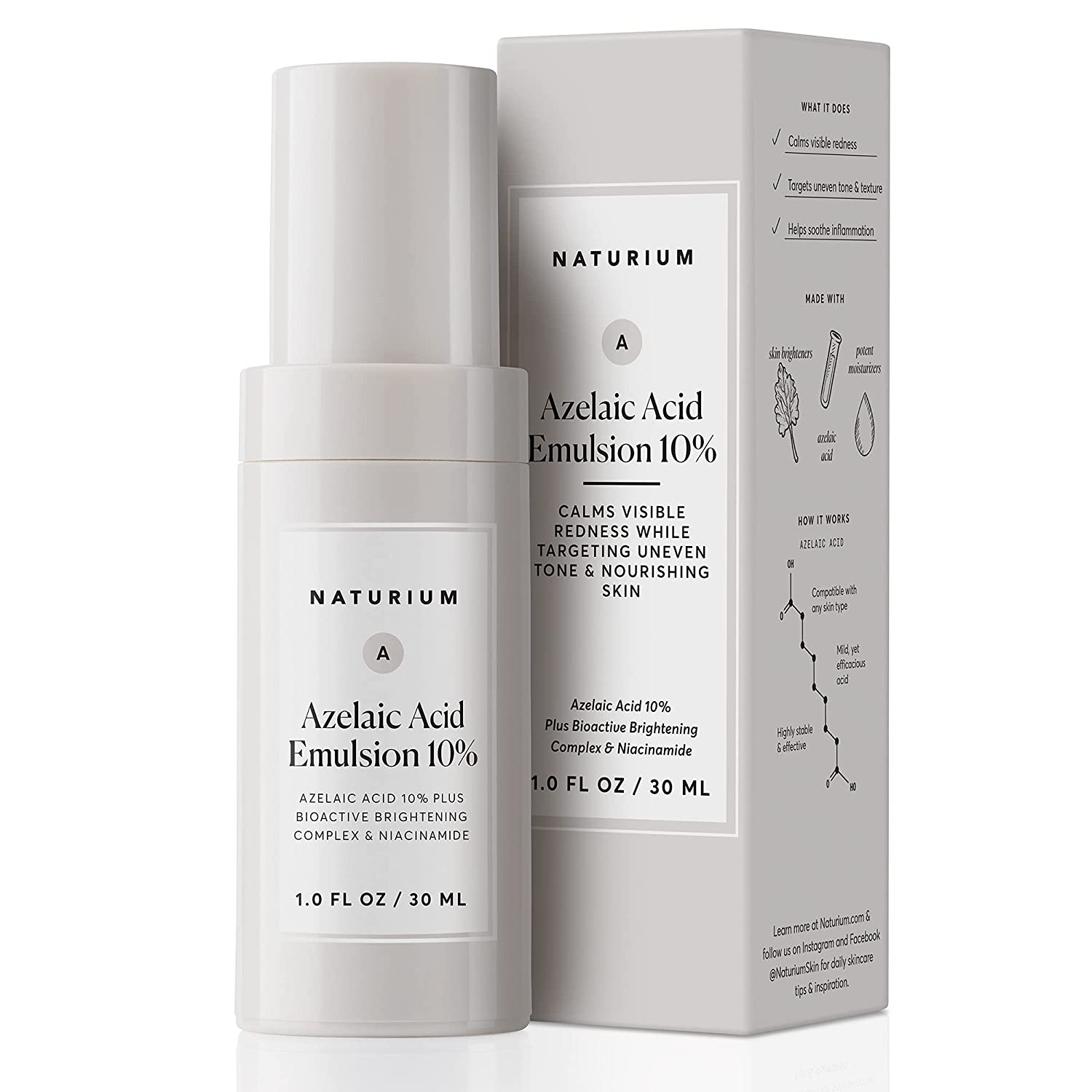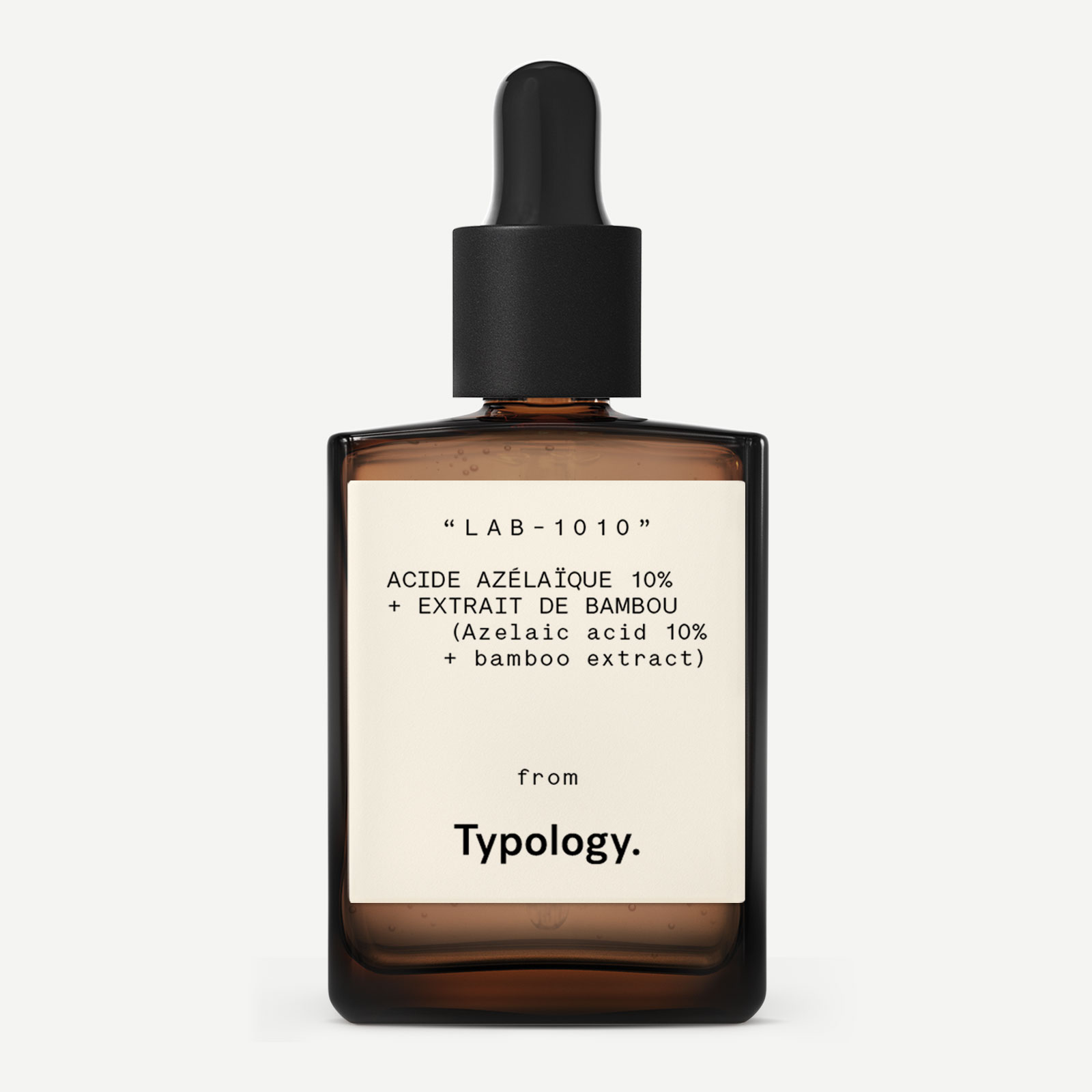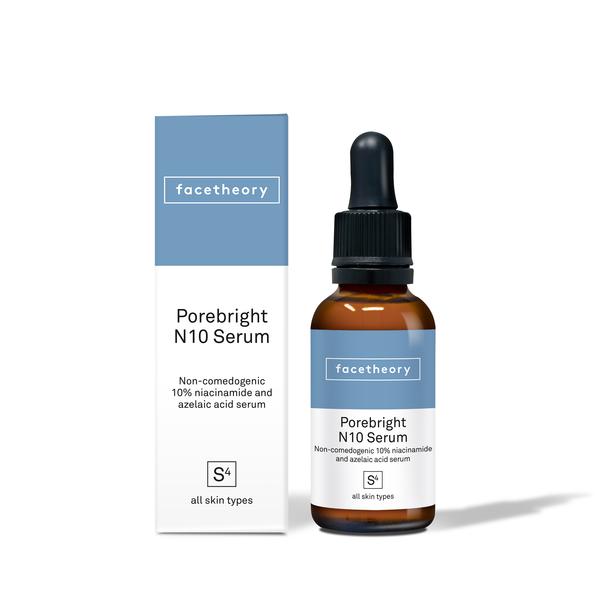I'm a Beauty Editor, and I Swear This Is the Most Underrated Skincare Ingredient
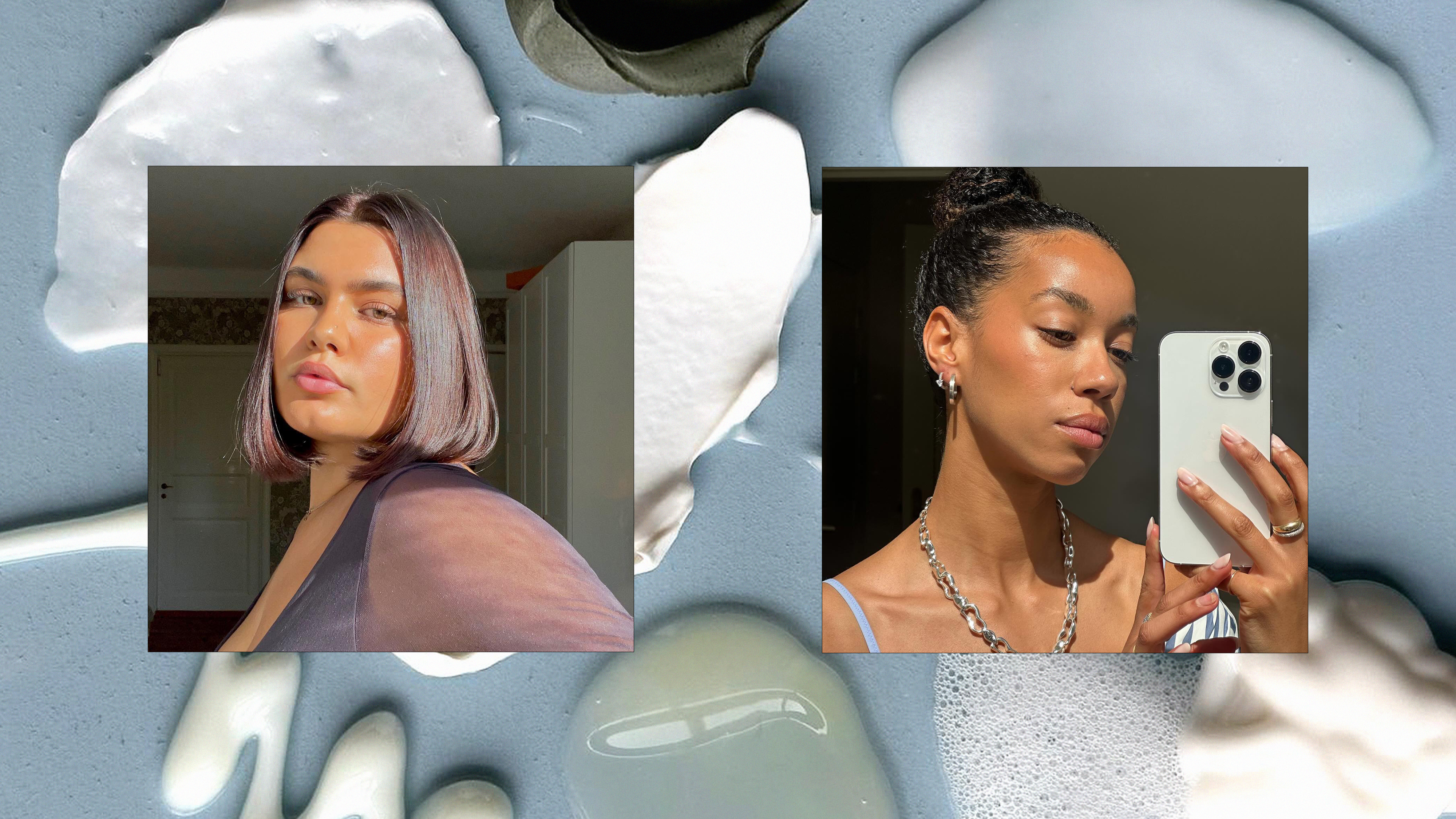

As a beauty editor, I test hundreds of products each year. They vary in type, from cleansers to toners, serums, moisturizers, and masks. They also vary in active ingredients. Of course, I use the classics—I'm talking about tried-and true ingredients like retinol, vitamin C, and hyaluronic acid. I also use some newer, buzzier ingredients like ectoin, exosomes, and mandelic acid. All of this is to say that I'm well-versed in skincare ingredients and their various benefits. I have to be. After all, it's quite literally part of my job.
People always ask me, "If you had to recommend one skincare product or ingredient, what would it be?" My answer is almost always sunscreen, followed by azelaic acid. The latter is a do-it-all ingredient that benefits the skin in a variety of ways. Let's run through some of its main benefits, shall we? Here it goes. Azelaic acid exfoliates the skin and whisks away uneven texture, targets acne, soothes rosacea, and even minimizes hyperpigmentation. As if that's not enough, it doesn't pose a major threat for irritation. In fact, it's so gentle it's safe for sensitive skin. Ahead, learn everything you need to know about this underrated ingredient, straight from a top dermatologist.

What Is Azelaic Acid?
Jessie Cheung, MD, is a board-certified dermatologist based in Illinois and NYC. "Azelaic acid is a type of acid that is naturally produced by yeast," she says. "It has become a popular skincare ingredient, particularly in the clean beauty sector, as it is derived from natural origins. It has multiple mechanisms of action in that it's anti-inflammatory, antibacterial, helps to inhibit melanin production in sun or age spots, and helps to normalize skin cell growth," explains Cheung.
How Does Azelaic Acid Benefit the Skin?
If you struggle with acne, rosacea, melasma, or any other type of hyperpigmentation, Cheung says azelaic acid can help. It's all thanks to its regenerative and melanin-inhibitive properties. "It's a popular ingredient in over-the-counter skincare to help smooth the texture of the skin and fade hyperpigmentation," she explains. "You can also use it in place of a retinoid if you have sensitive or mature skin, as most skin types can tolerate twice-daily use in conjunction with sunscreen during the day."
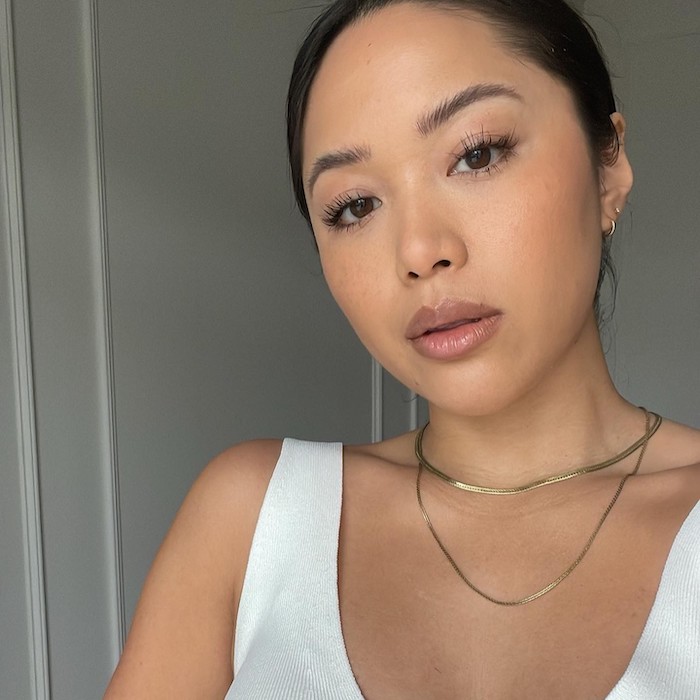
How Often Should Azelaic Acid Be Used?
In my opinion, this is the best part. Azelaic acid is incredibly gentle—so gentle that it can be used twice a day. Yep, take that, retinol! However, if you have sensitive skin or you've never used it before, start slow. Cheung says although it's gentle, it's still technically an acid, so it could cause some initial dryness and peeling on sensitive skin. "Start by applying it every other day or pairing it with a moisturizer if your skin is on the sensitive side," she says. Additionally, be sure to wear (and reapply!) sunscreen every day, as azelaic acid makes the skin more vulnerable to UV rays.
If you struggle with particularly sensitive skin, you can still use azelaic acid. Cheung suggests pairing an azelaic acid serum with a moisturizer to counteract any potential dryness or irritation. "If azelaic acid is too much for your skin, you could also try bakuchiol as an alternative," she says. "It's another versatile, non-irritating, plant-based alternative to retinol that has antioxidant, antibacterial, and anti-inflammatory properties.”
Does Azelaic Acid Pair With Other Active Ingredients?
Azelaic acid plays well with most other active ingredients, so there's no need to adjust your existing routine. "Azelaic acid is most commonly paired with niacinamide for additional brightening, but it's very stable and can be paired with other actives," Cheung says. "It works with AHAs, BHAs, benzoyl peroxide, and even vitamin C. Though, combining all of the above could be irritating to sensitive skin." Keep the less-is-more mantra in mind, and start by introducing the ingredient slowly (ideally every other day).

Is Azelaic Acid Pregnancy-Safe?
Remember how I said azelaic acid is incredibly gentle? Well, that goes for everyone. Cheung notes that azelaic acid is a pregnancy class B ingredient, which means it's one of the few topicals that can be used to treat acne and melasma while pregnant or breastfeeding. Check with your doctor before incorporating the ingredient into your routine, but it could serve as an effective swap for retinol during this time.
Shop Azelaic Acid Skincare Products

Kaitlyn McLintock is a Beauty Editor at Who What Wear. She has 10 years of experience in the editorial industry, having previously written for other industry-leading publications, like Byrdie, InStyle, The Zoe Report, Bustle, and others. She covers all things beauty and wellness-related, but she has a special passion for creating skincare content (whether that's writing about an innovative in-office treatment, researching the benefits of a certain ingredient, or testing the latest and greatest at-home skin device). Having lived in Los Angeles, California, and Austin, Texas, she has since relocated back to her home state, Michigan. When she's not writing, researching, or testing beauty products, she's working through an ever-growing book collection or swimming in the Great Lakes.
-
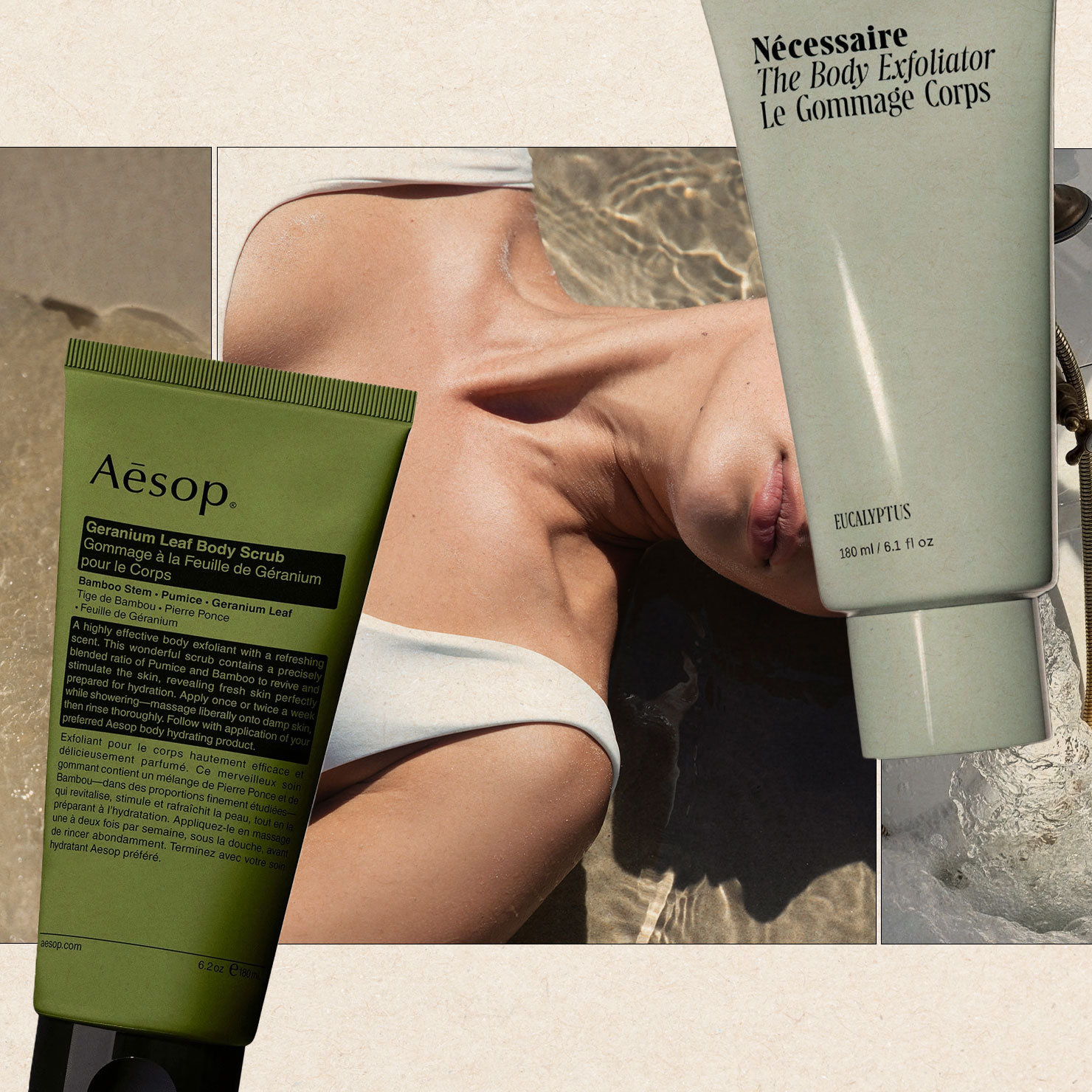 Editors and Derms Agree: These Body Scrubs Will Have You Feeling Like a Straight-Up Seal
Editors and Derms Agree: These Body Scrubs Will Have You Feeling Like a Straight-Up SealSmoother skin, coming right up.
-
 I Thought I Was Done Shopping, But Then I Saw Sephora's Cyber Monday Sale—15 Deep Discounts I Just Can't Skip
I Thought I Was Done Shopping, But Then I Saw Sephora's Cyber Monday Sale—15 Deep Discounts I Just Can't SkipSome items are up to 50% off.
-
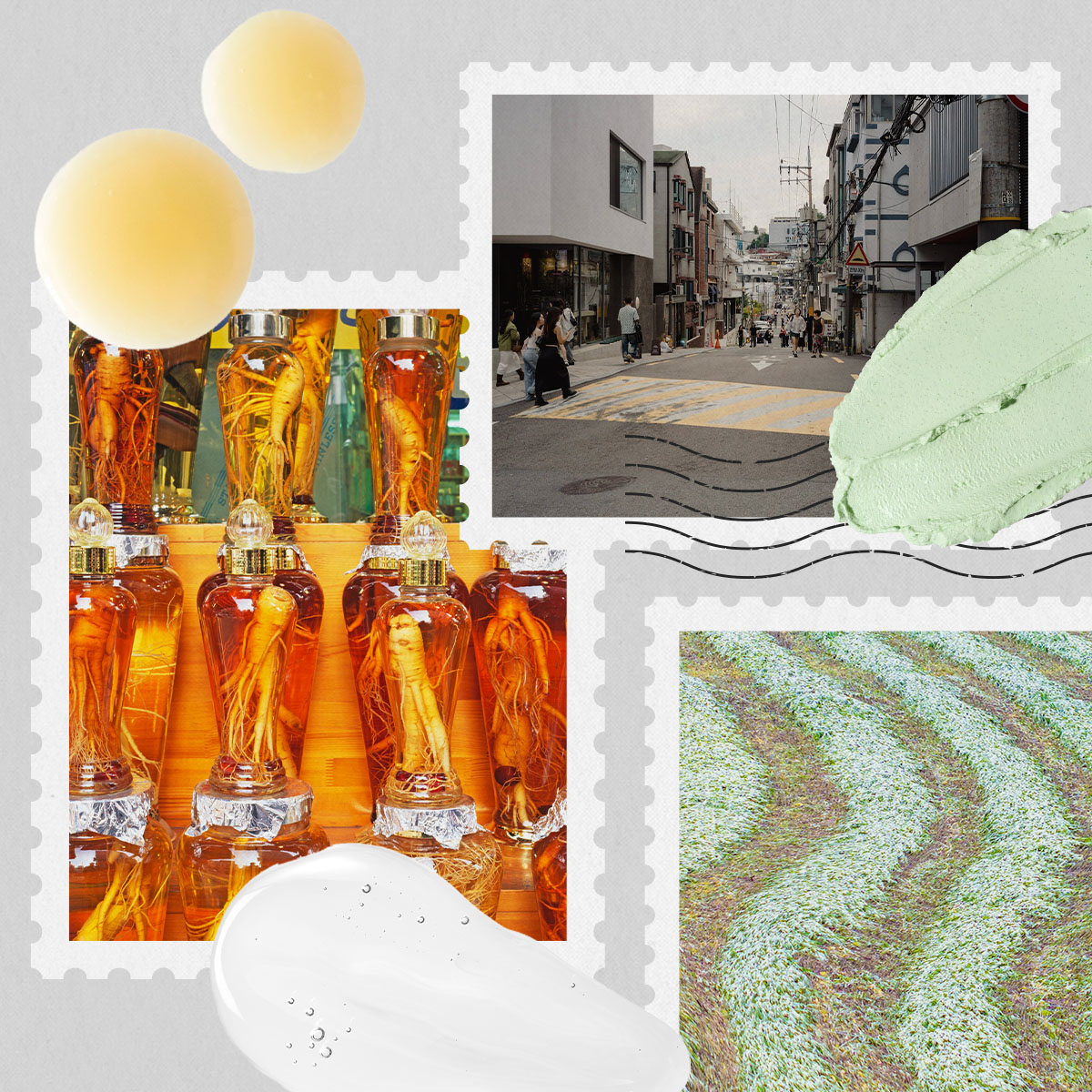 From Ginseng to PDRN: 5 Korean Skincare Ingredients Powering the Internet's Favorite, High-Efficiency Products
From Ginseng to PDRN: 5 Korean Skincare Ingredients Powering the Internet's Favorite, High-Efficiency ProductsThey set the standard for great skin.
-
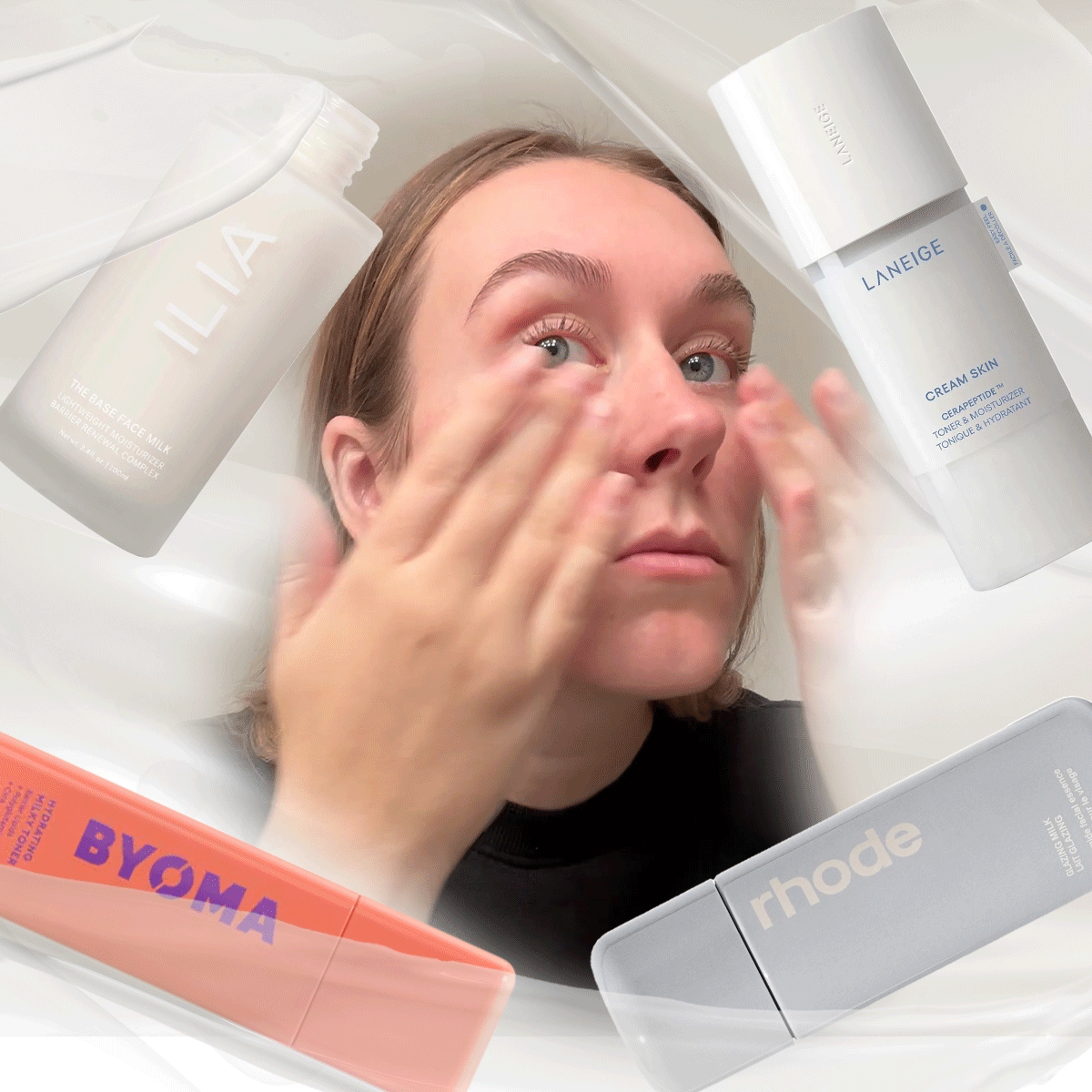 Milky Toners Are All Over the Internet, But These 12 Are Worth The Hype
Milky Toners Are All Over the Internet, But These 12 Are Worth The HypeThey're the in-the-know secret to soft, smooth, cushion-like skin.
-
 Hurry! Kendall Jenner’s Go-To K-Beauty Device Is 29% Off RN on Amazon
Hurry! Kendall Jenner’s Go-To K-Beauty Device Is 29% Off RN on AmazonA glass skin staple.
-
 I Thought I Knew What "Lit From Within" Skin Looked Like—Then I Tried This New Silky Foundation
I Thought I Knew What "Lit From Within" Skin Looked Like—Then I Tried This New Silky FoundationLiquid gold.
-
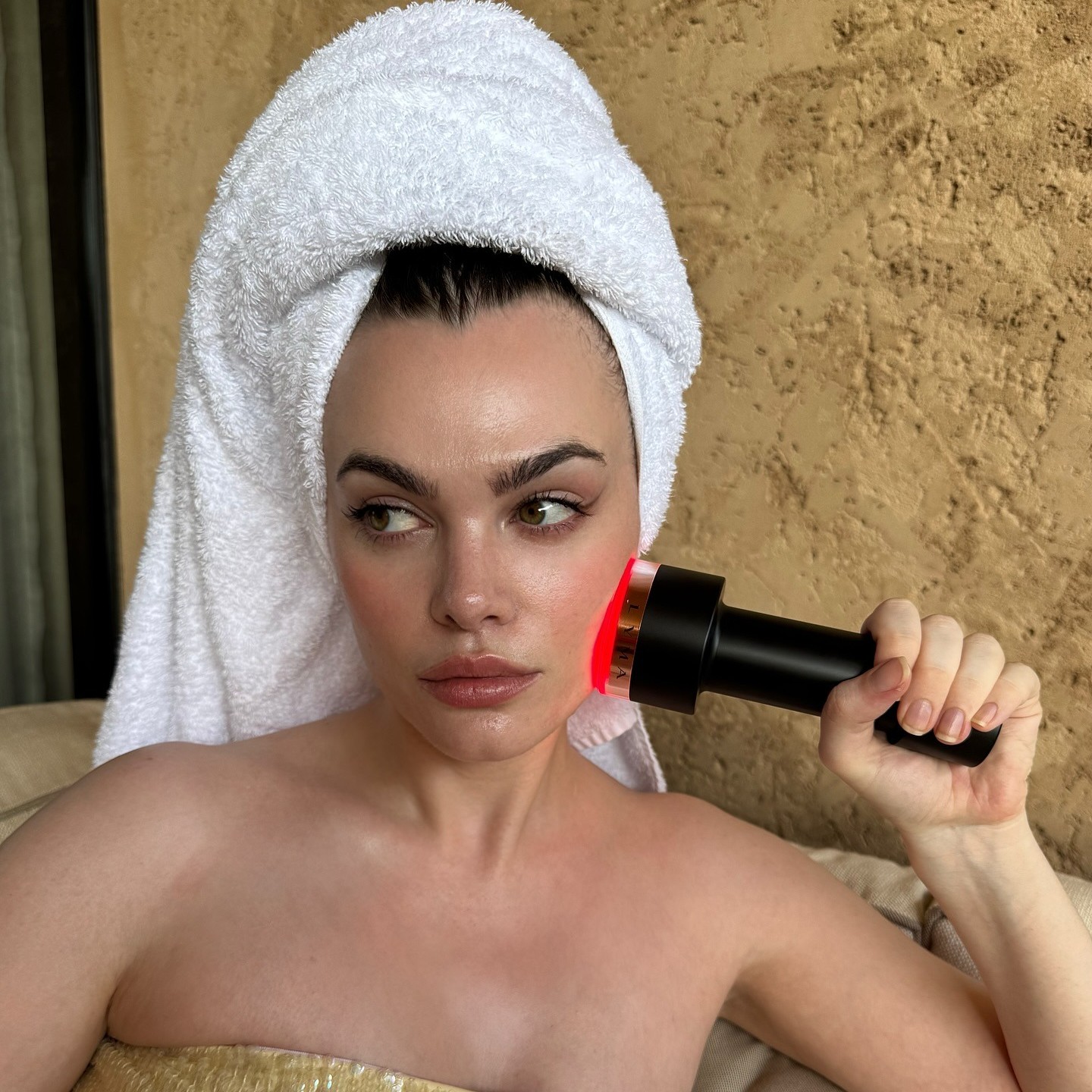 Drop Everything—the Celeb- and Editor-Obsessed Lyma Laser Is Currently $670+ Off
Drop Everything—the Celeb- and Editor-Obsessed Lyma Laser Is Currently $670+ OffI gasped.
-
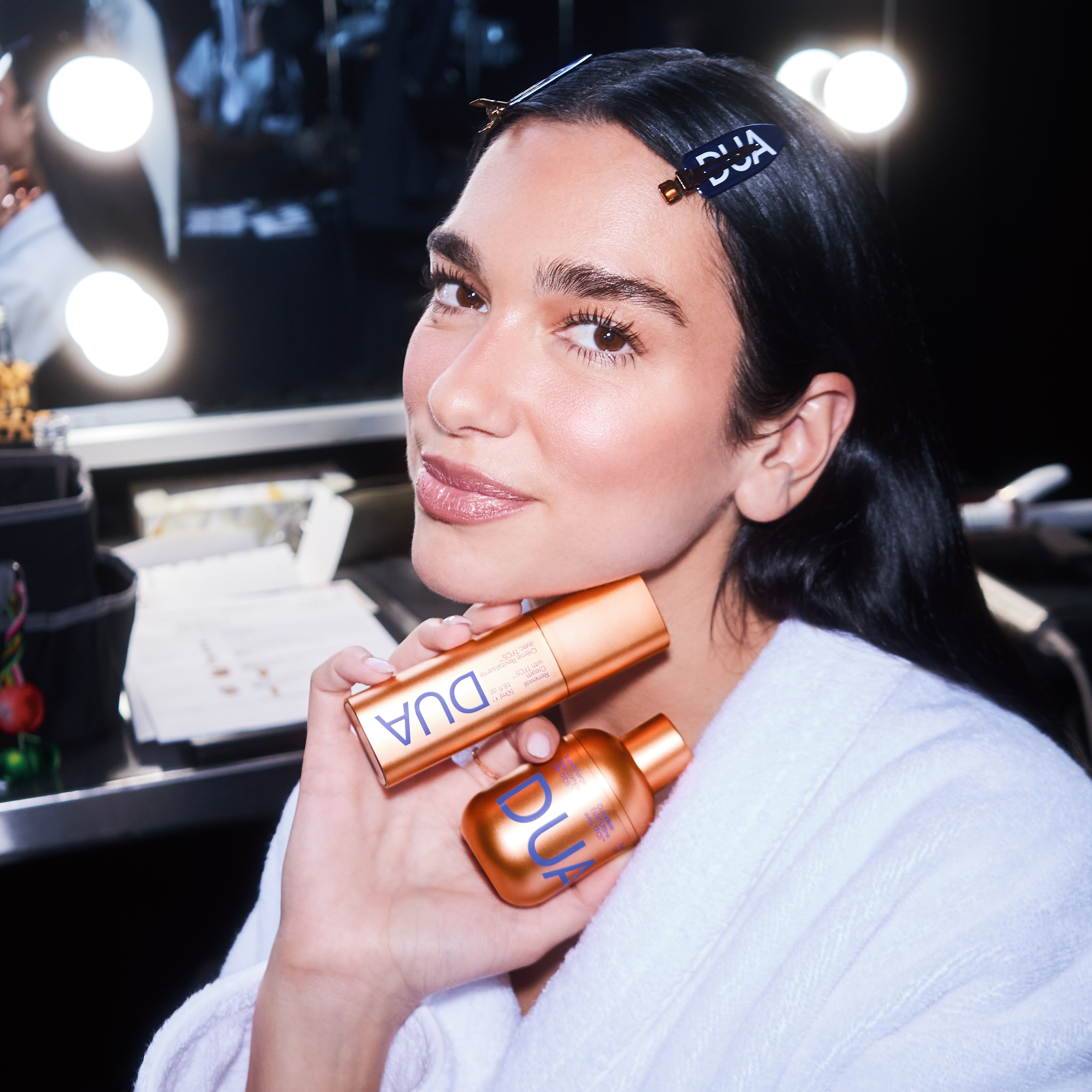 Um, Dua Lipa and Augustinus Bader Just Dropped a New Skincare Line—Every Product Is Destined to Sell Out
Um, Dua Lipa and Augustinus Bader Just Dropped a New Skincare Line—Every Product Is Destined to Sell OutIt's her secret for dewy skin "from morning to midnight."
